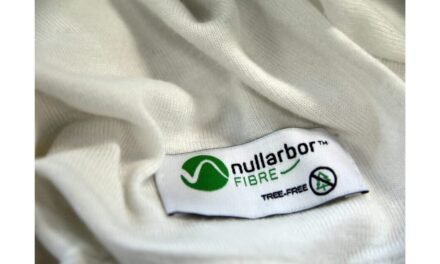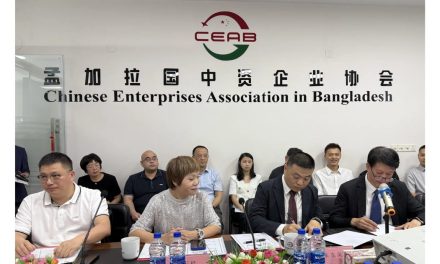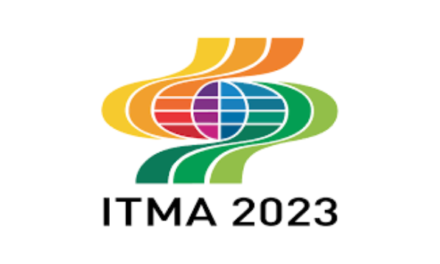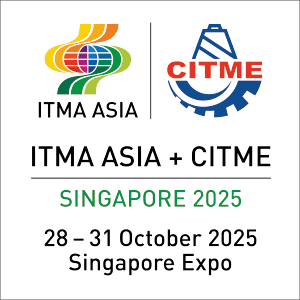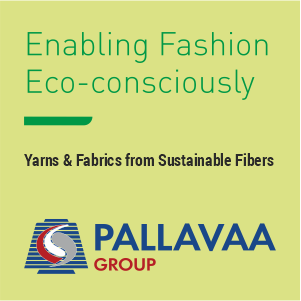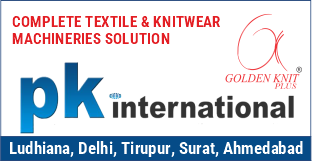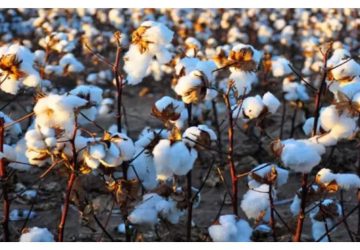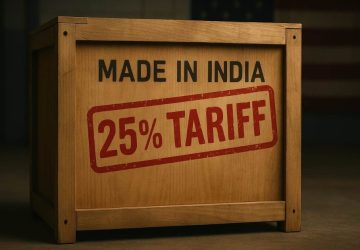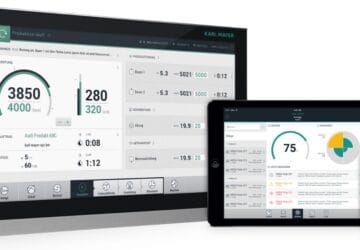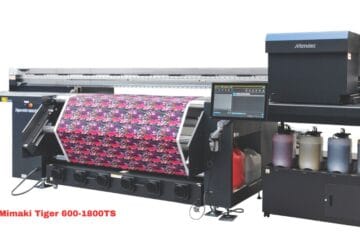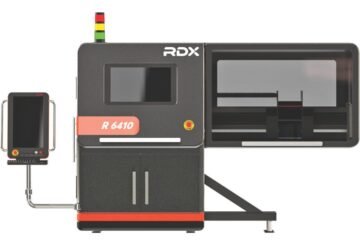 The fashion industry is now the second largest generator of pollution on earth, after oil. Intensive water consumption and pollution within this industry begins with the production of crops, such as cotton. Cotton fields are regularly irrigated and dosed with pesticides and herbicides to protect them from damage by insects or disease. These chemicals are then washed off by rain and can enter surface and groundwaters, which later poses a challenge for utilities to analyse for and remove when this water is abstracted for domestic purposes. If manufacturers decide to make use of synthetic fibres, these are often sourced from crude oil and include polyester, nylon, acrylic, polypropylene and elastane. During later stages of processing, activities like bleaching and dyeing in dyehouses can also come with severe environmental impacts.
The fashion industry is now the second largest generator of pollution on earth, after oil. Intensive water consumption and pollution within this industry begins with the production of crops, such as cotton. Cotton fields are regularly irrigated and dosed with pesticides and herbicides to protect them from damage by insects or disease. These chemicals are then washed off by rain and can enter surface and groundwaters, which later poses a challenge for utilities to analyse for and remove when this water is abstracted for domestic purposes. If manufacturers decide to make use of synthetic fibres, these are often sourced from crude oil and include polyester, nylon, acrylic, polypropylene and elastane. During later stages of processing, activities like bleaching and dyeing in dyehouses can also come with severe environmental impacts.
Most of the dyestuffs used are absorbed by fabrics, however, around 20 percent remains in the water and is sometimes released into the environment without treatment. Shockingly, dyeing and treatment of garments makes up roughly 17-20 percent of all industrial water pollution, according to the World Bank.
Some positive action is being taken to reverse the impacts caused by the textiles industry, including the creation of groups such as the ZDHC (Zero Discharge of Hazardous Chemicals) which involve major fashion brands collaborating in a bid to safeguard the environment.
The suppliers and manufacturing sites of the organisations involved are audited to ensure that they meet strict discharge consent limits for their effluent across every site globally, even if this is lower than the local stipulated regulation.
Textile wastewater treatment process: Arvia’s Nyex™ solutions help textile manufacturers to meet discharge consent limits with respect to organics in the form of COD, colour and specific hazardous chemicals, such as Nonylphenols. Primary and secondary textile wastewater treatment processes target the bulk of contaminants which are much easier to remove.
Typically, the Nyex™ process is placed as the final ‘polishing’ step in an onsite treatment train. As a tertiary solution, we have helped clients meet COD consent limits of up to 30 mg/L, as well as full colour removal. The systems are easy to install, require no chemical dosing and produce no secondary waste like sludge – meaning that they are extremely low maintenance and environmentally friendly. Not only is Nyex™ treated water safe to discharge – it can also be reused, cutting utilities costs and protecting our exhausted water supplies.
 The fashion industry is now the second largest generator of pollution on earth, after oil. Intensive water consumption and pollution within this industry begins with the production of crops, such as cotton. Cotton fields are regularly irrigated and dosed with pesticides and herbicides to protect them from damage by insects or disease. These chemicals are then washed off by rain and can enter surface and groundwaters, which later poses a challenge for utilities to analyse for and remove when this water is abstracted for domestic purposes. If manufacturers decide to make use of synthetic fibres, these are often sourced from crude oil and include polyester, nylon, acrylic, polypropylene and elastane. During later stages of processing, activities like bleaching and dyeing in dyehouses can also come with severe environmental impacts.
The fashion industry is now the second largest generator of pollution on earth, after oil. Intensive water consumption and pollution within this industry begins with the production of crops, such as cotton. Cotton fields are regularly irrigated and dosed with pesticides and herbicides to protect them from damage by insects or disease. These chemicals are then washed off by rain and can enter surface and groundwaters, which later poses a challenge for utilities to analyse for and remove when this water is abstracted for domestic purposes. If manufacturers decide to make use of synthetic fibres, these are often sourced from crude oil and include polyester, nylon, acrylic, polypropylene and elastane. During later stages of processing, activities like bleaching and dyeing in dyehouses can also come with severe environmental impacts.

